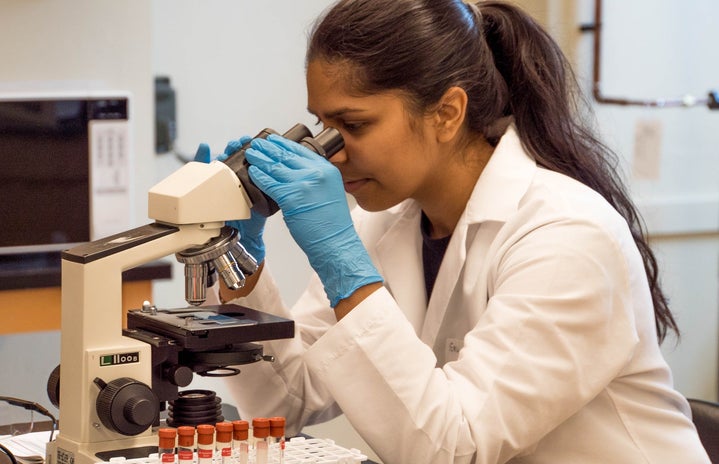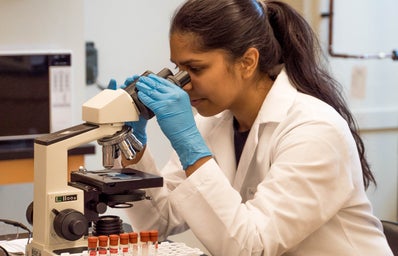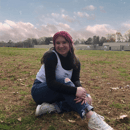I always said I wanted to be a scientist when I grew up. I had no idea how ambitious that sounded for a girl! Despite making up half of the total U.S. college-educated workforce, women only make up 28% of the science and engineering workforce. Many argue that the gender gap in STEM has receded, but a research article published as recent as 2019 discusses the recurrent masculine traits associated with science and the implication of these associations. I began to notice the disparity as I grew older, but I didn’t let it deter me from my aspirations! I use the biases as fuel to close this gender gap and become a role model for young girls. But to do this, I think it’s just as important to recognize women who allowed this path to be traversed, so I’ve done research into women that I can thank for my opportunities. However, I’d like to note that my research is in no way reflective of all the women who fought for a spot in the scientific world.
She was a German naturalist and artist born in 1647. Her stepfather was a still-life painter, and he taught her how to paint at a young age. She was fascinated with nature, particularly plants and insects, and loved to use them as subjects for her paintings. She began to not only study insects anatomy but their behavior. Insects had not been studied in depth, as they were viewed as disgusting. Despite this, Merian’s observations of moth and butterfly maturation was published in 1679, which connected the maturation from caterpillar to butterfly. The publication was praised for its scientific accuracy and detailed illustrations. When she was 52, she travelled to Suriname, a region in South Africa, to study the native insects. She left after contracting malaria, but the trip gave her enough information for her greatest publication yet, Metamorphosis insectorum Surinamensium.
Meitner was born into a Jewish family in 1878. She fought to receive her Ph.D. and then began working with Otto Hahn. Although the government permitted women to attend university, they were not paid or allowed to use the labs, so Meitner conducted her research in a basement. She began researching radioactive isotopes produced by neutron bombardment with the hopes of discovering new elements. However, this research was disrupted by Hitler’s growing power in Europe, so Meitner fled to Sweden. Hahn remained in Germany, and the two collaborated in secret. The results of the experiments puzzled Hahn. Meitner realized it wasn’t a new element they were making but the manipulation of nuclei in atoms to create energy. Meitner founded nuclear fission while in a completely different location than Hahn. And guess what? Otto Hahn received the 1944 Nobel Prize for it. Without her.
As an African American woman born in 1917, Clark faced troubling intersectional discrimination. Slavery was abolished, but racial segregation was still legal. Despite this, she had a love-filled childhood, went to college at Howard University, and was the second African-American to receive a Ph.D. from Columbia University. Her husband, Kenneth Clark, and her had their own practice that psychologically helped the black community in New York. Although all of her work was incredibly important, most notable is the Doll Experiment. It was actually used in the case Brown v. Board of Education to end segregation in public schools. The experiment revealed that segregation warped a child’s self-worth and caused hatred toward the self. Clark’s work is fundamental to the social justice we are still fighting for today.
If you’re interested in learning about more inspirational women in science, check out the novel Women in Science: 50 Fearless Pioneers who Changed the World which is written and illustrated by Rachel Ignotofsky.



